
I’m glad you’re here!
Take a scroll through recent posts or use the search bar to find what you’re looking for.
Recent Blog Posts

The Dos and Don’ts of Multimedia Learning
The 12 Principles of Multimedia Learning are designed to enhance the learning process by applying principles from cognitive science. These principles aim to minimize unnecessary mental effort, better manage content difficulty, and improve how learners process and retain information. Check out some dos and don'ts to help you follow multimedia best practices.
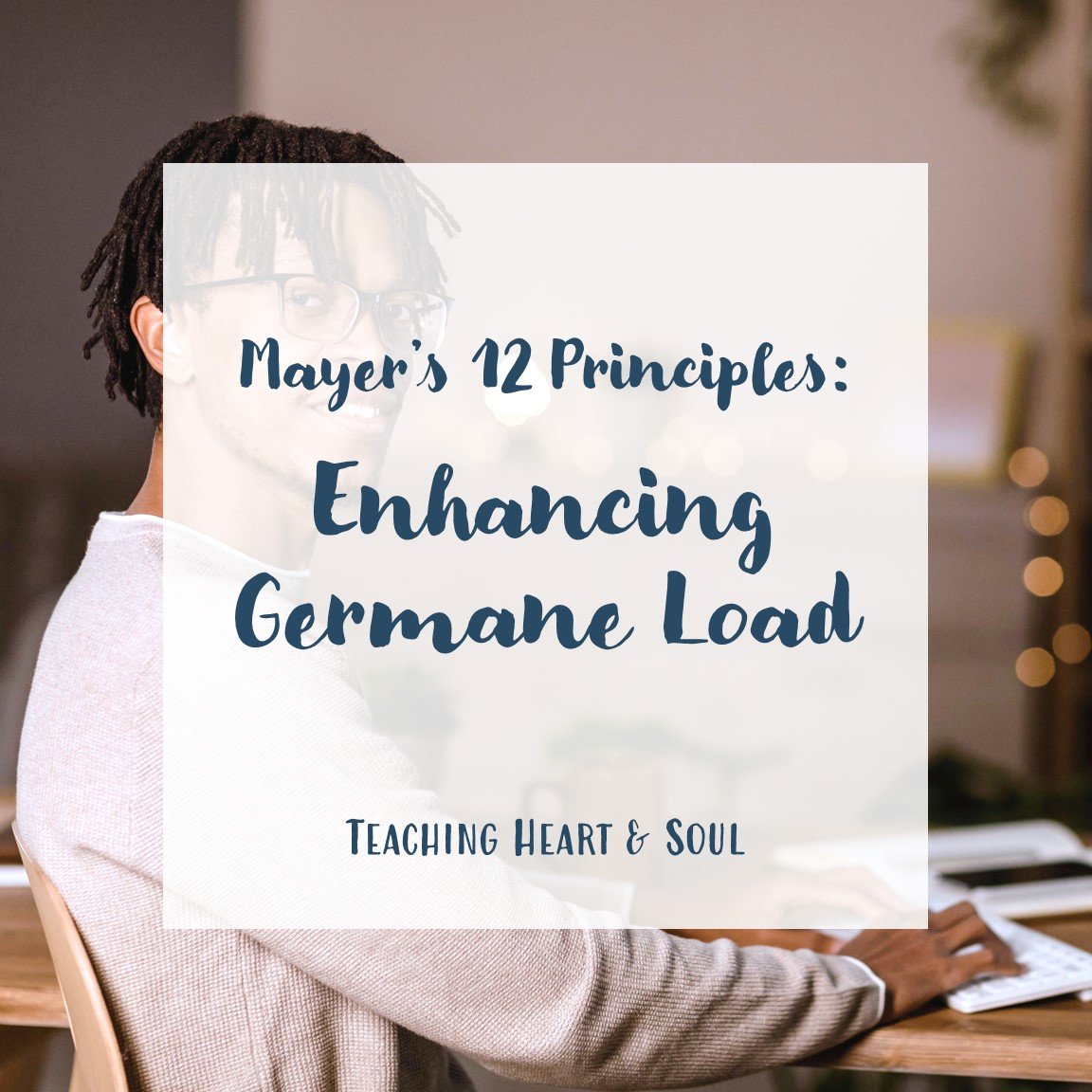
Mayer’s 12 Principles of Multimedia Learning, Part 3: Enhancing Germane Load
Learn how to enhance germane load with Mayer’s 12 Principles of Multimedia Learning to ensure lasting behavioral change through effective training. Germane load refers to the cognitive effort needed to process and store new information in long-term memory for workplace application. One key strategy to support this is the Multimedia Principle, which combines relevant images and words to improve learning effectiveness. When visuals directly align with learning objectives—like labeled diagrams or supporting illustrations—they simplify complex concepts, making them easier to understand and remember. Discover how applying these strategies can improve knowledge retention and promote real-world application.
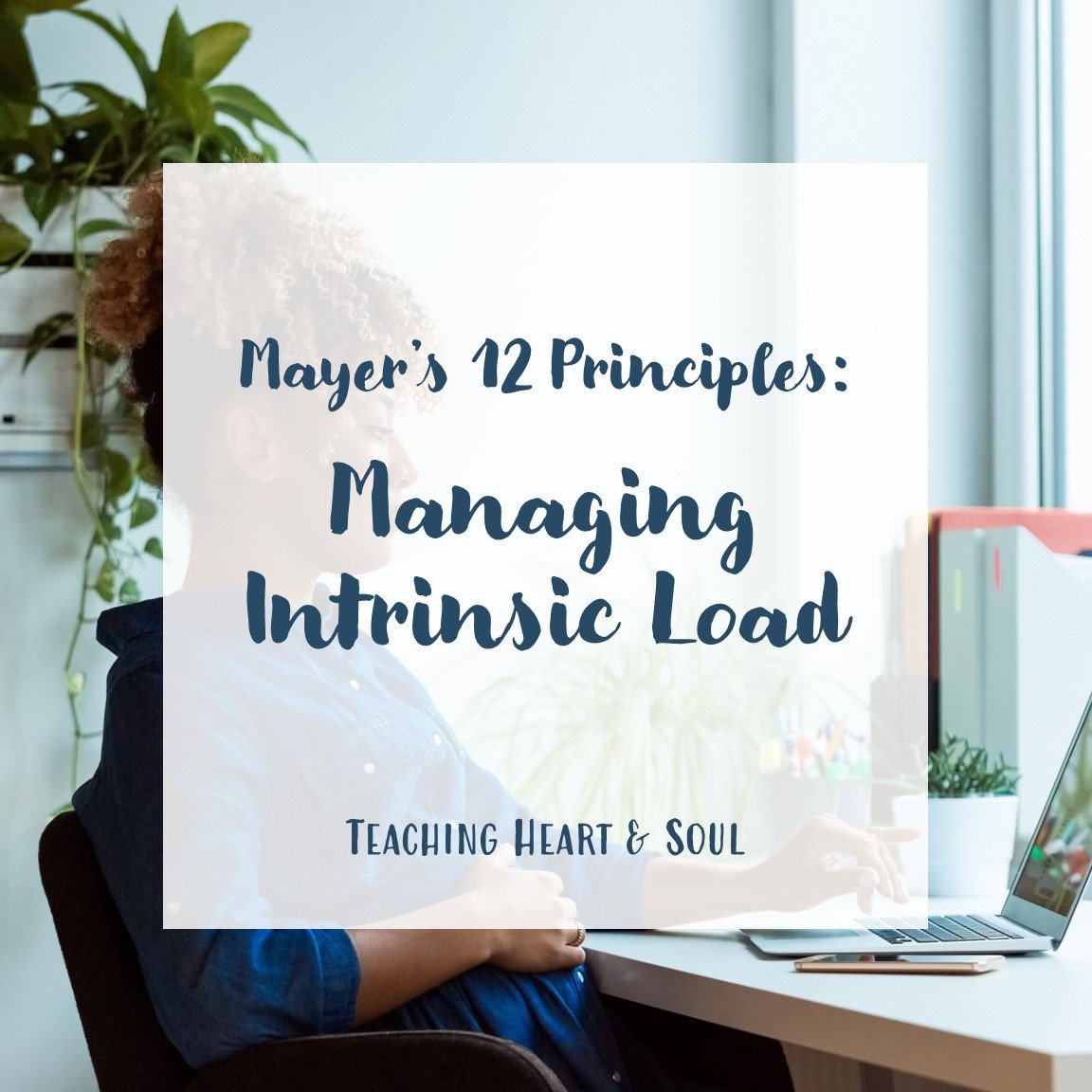
Mayer’s 12 Principles of Multimedia Learning, Part 2: Managing Intrinsic Load
Managing intrinsic load is key to enhancing learning experiences. Discover how to simplify complex content using the segmenting principle, pre-train learners with essential terms, and apply the modality principle to optimize information processing. Break down material into manageable chunks, introduce key concepts before diving into lessons, and use narration to explain visuals for better comprehension. These strategies help prevent cognitive overload, improve retention, and create more engaging and effective learning experiences. Learn how these techniques can transform your instructional design approach!

Mayer’s 12 Principles of Multimedia Learning, Part 1: Reducing Extraneous Load:
Mayer's 12 principles of multimedia learning are designed to optimize educational content by leveraging cognitive sciences. The coherence principle, the signaling principle, the redundancy principle, the spatial contiguity principle, and the temporal contiguity principle aim to reduce extraneous load by eliminating unnecessary information and using both visual and auditory channels.
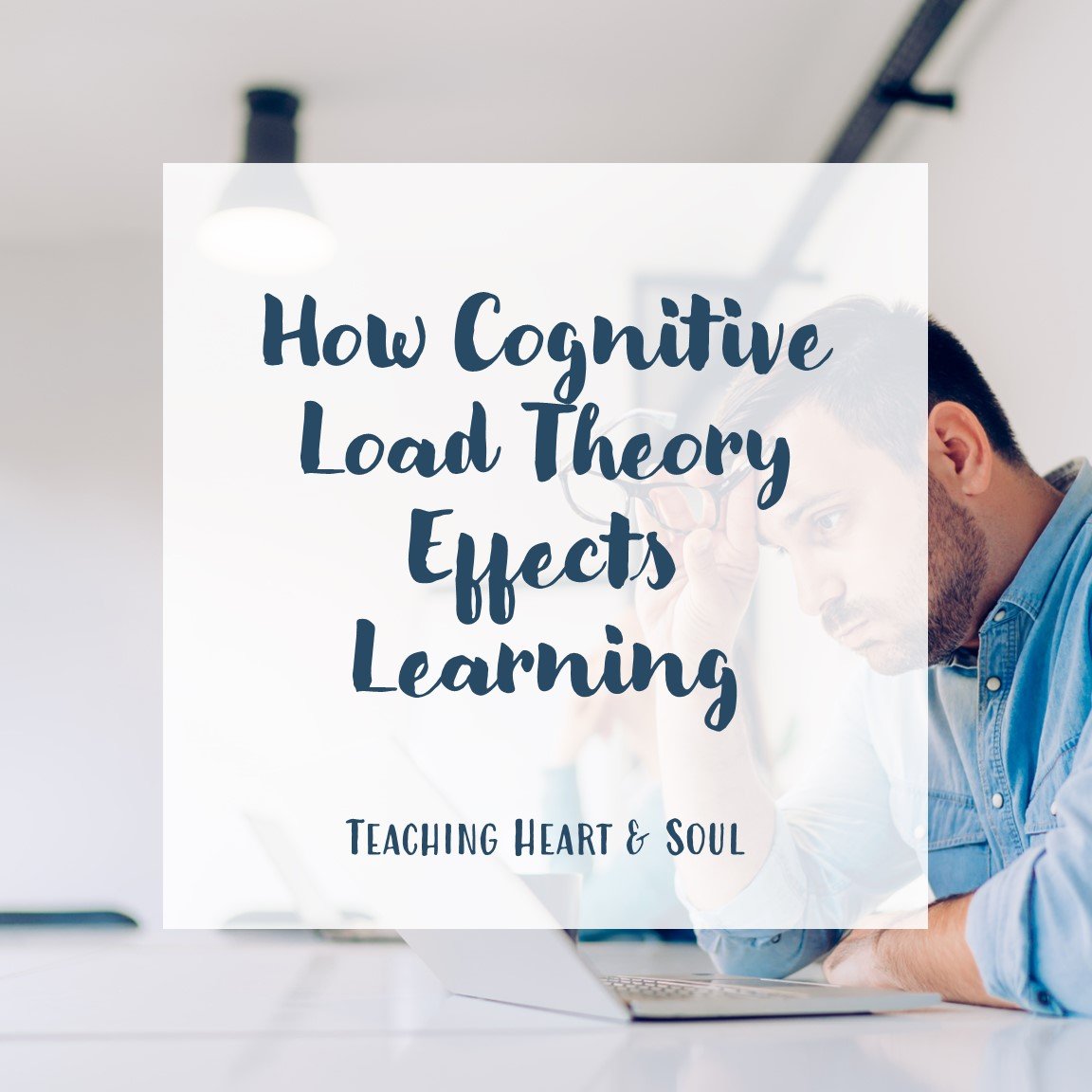
How Cognitive Load Theory Effects Learning
Cognitive load theory provides a framework for understanding how individuals process and retain information.
Instructional designers play a crucial role in optimizing learning experiences by minimizing extraneous load, aiding in managing intrinsic load, and fostering germane load through effective instructional strategies.
By aligning instructional methods with cognitive load principles, educators can enhance learning outcomes and facilitate the transfer of knowledge from working memory to long-term memory, ultimately supporting lasting retention and application of learned concepts.
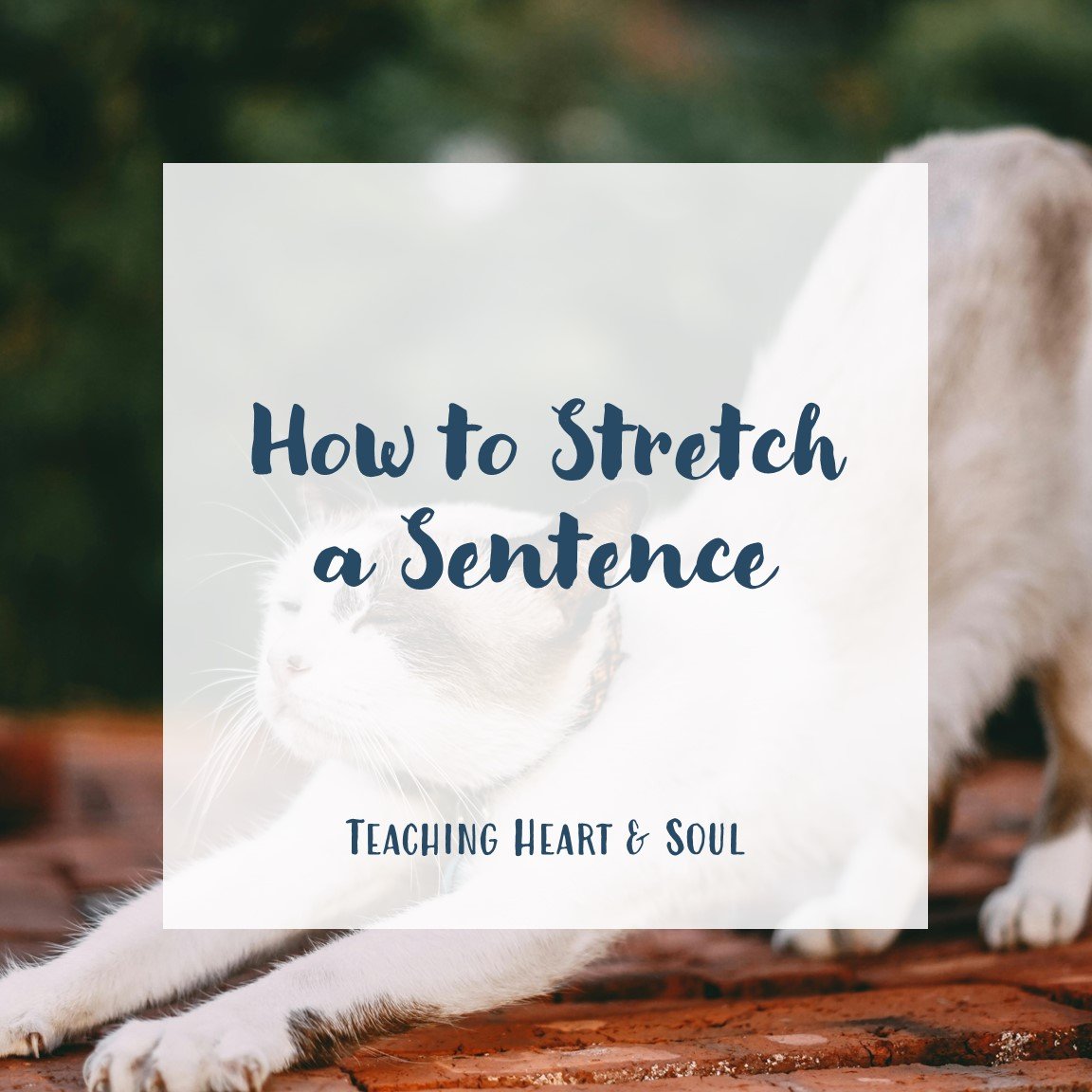
Expanding Sentences with the “Stretch a Sentence” Technique
A stretched sentence includes more details than a simple sentence. So, teaching students the strategy of stretching sentences is important. For expanding sentences, students answer the questions Who? Doing What? Where? When? and Why? to make a sentence more interesting. Students can use their imagination to include adjectives to describe the subject and adverbs to add to the verbs also helps!
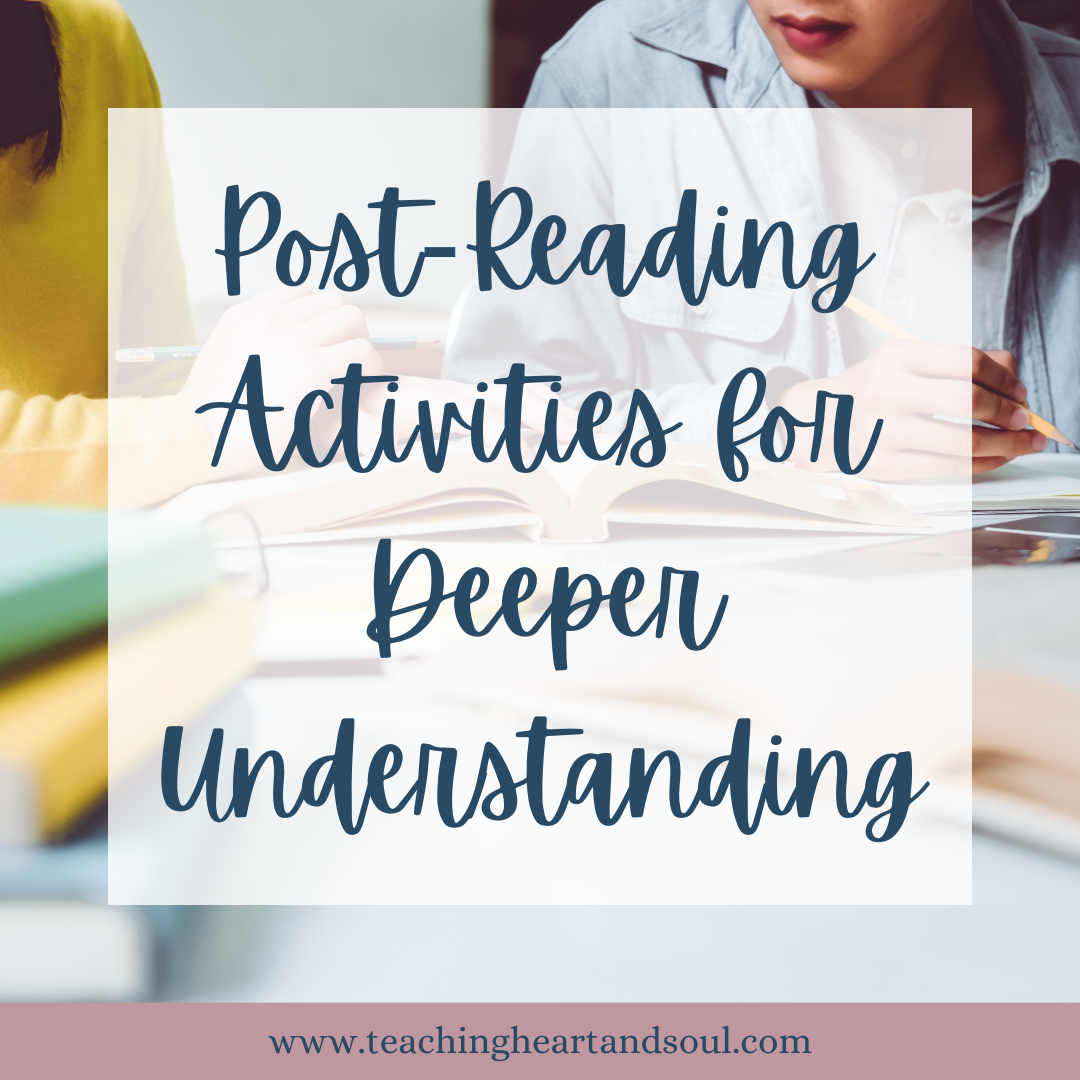
Post Reading Activities for Deeper Understanding
Post-reading activities encourage students to gain a deeper understanding through graphic organizers, news report, exit slips, class discussion, role play, and student responses to questions crafted to encourage students to dig deeper. These after-reading activities get students to analyze the different concepts in a story, including character analysis and main idea exploration of the reading.
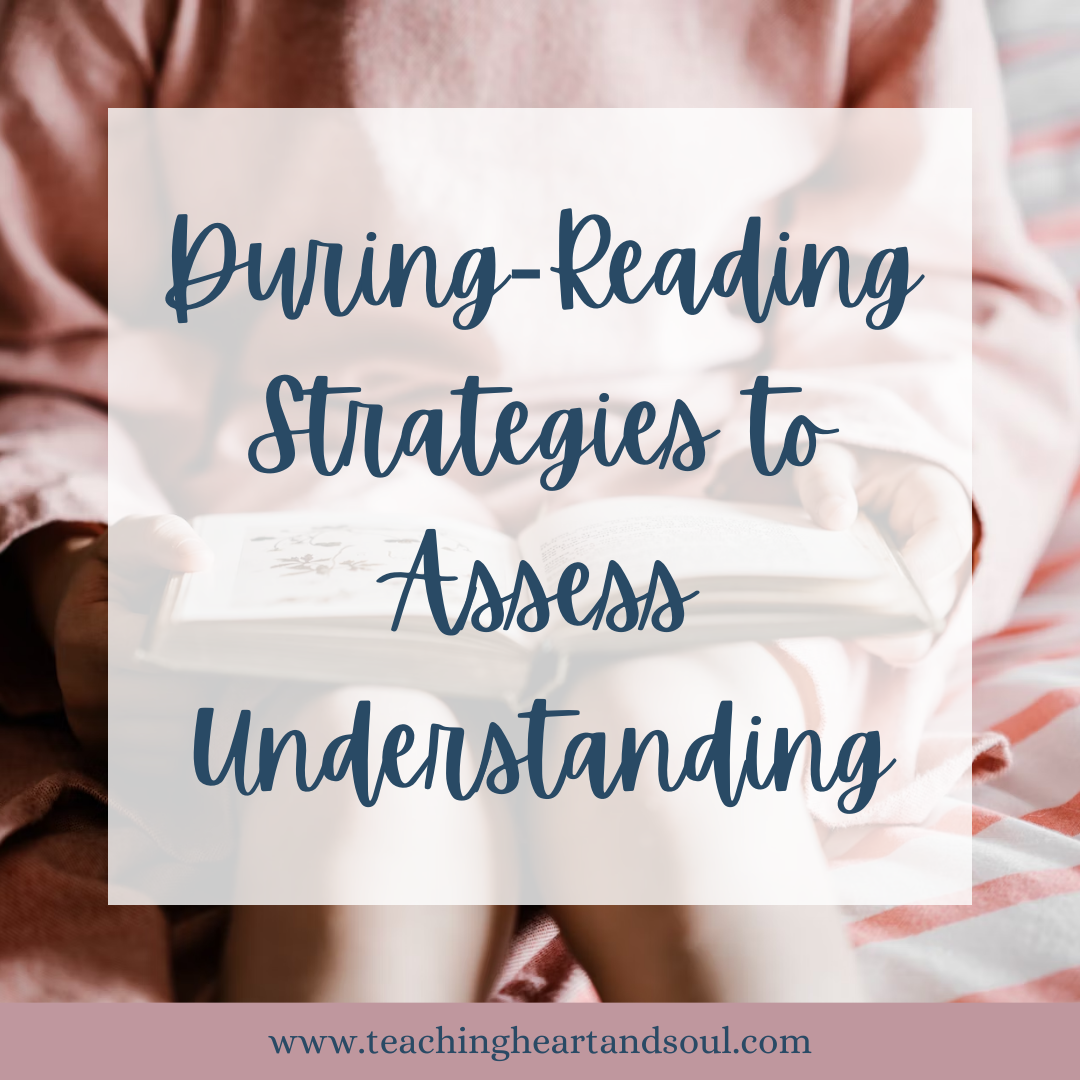
During Reading Strategies to Assess Student Understanding
During reading strategies are helpful comprehension strategies to assess student understanding during a reading lesson. These reading strategies provide students with opportunities to practice reading comprehension, using a graphic organizer, note-taking, and critical thinking skills.
Reading strategies like KWL, Reciprocal Teaching, and Story Maps help students organize information as they read.
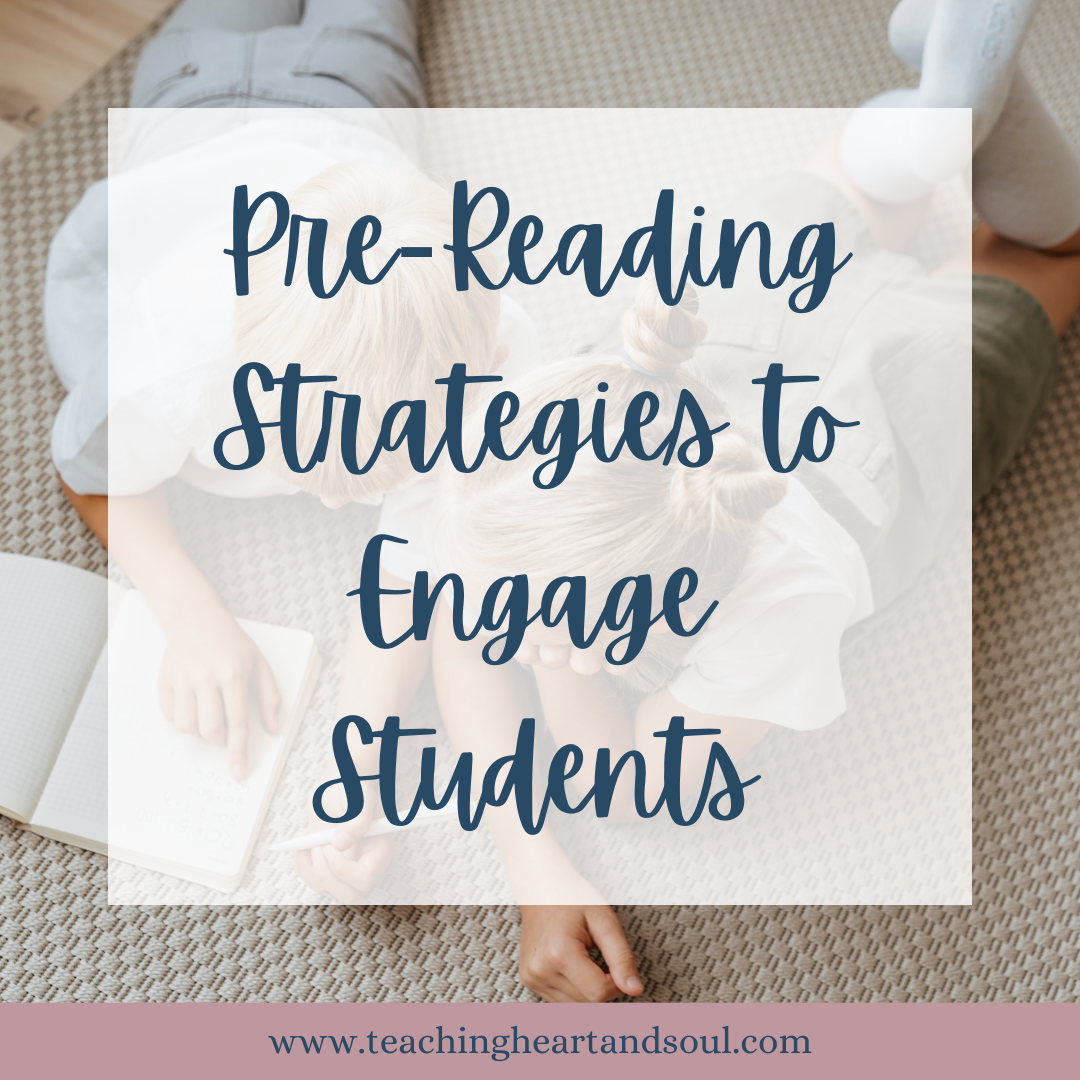
Important Pre-Reading Strategies to Engage and Prepare Students
A pre-reading strategy is a great way to activate prior knowledge and prepare students for reading. Pre-reading strategies build background knowledge and encourage students like English language learners and struggling readers to comprehend a particular text.
Before students begin reading, they can activate prior knowledge, set a purpose, review key elements, see the big picture, practice note-taking, and get a general understanding of the text by using a graphic organizer or other pre-reading resource.
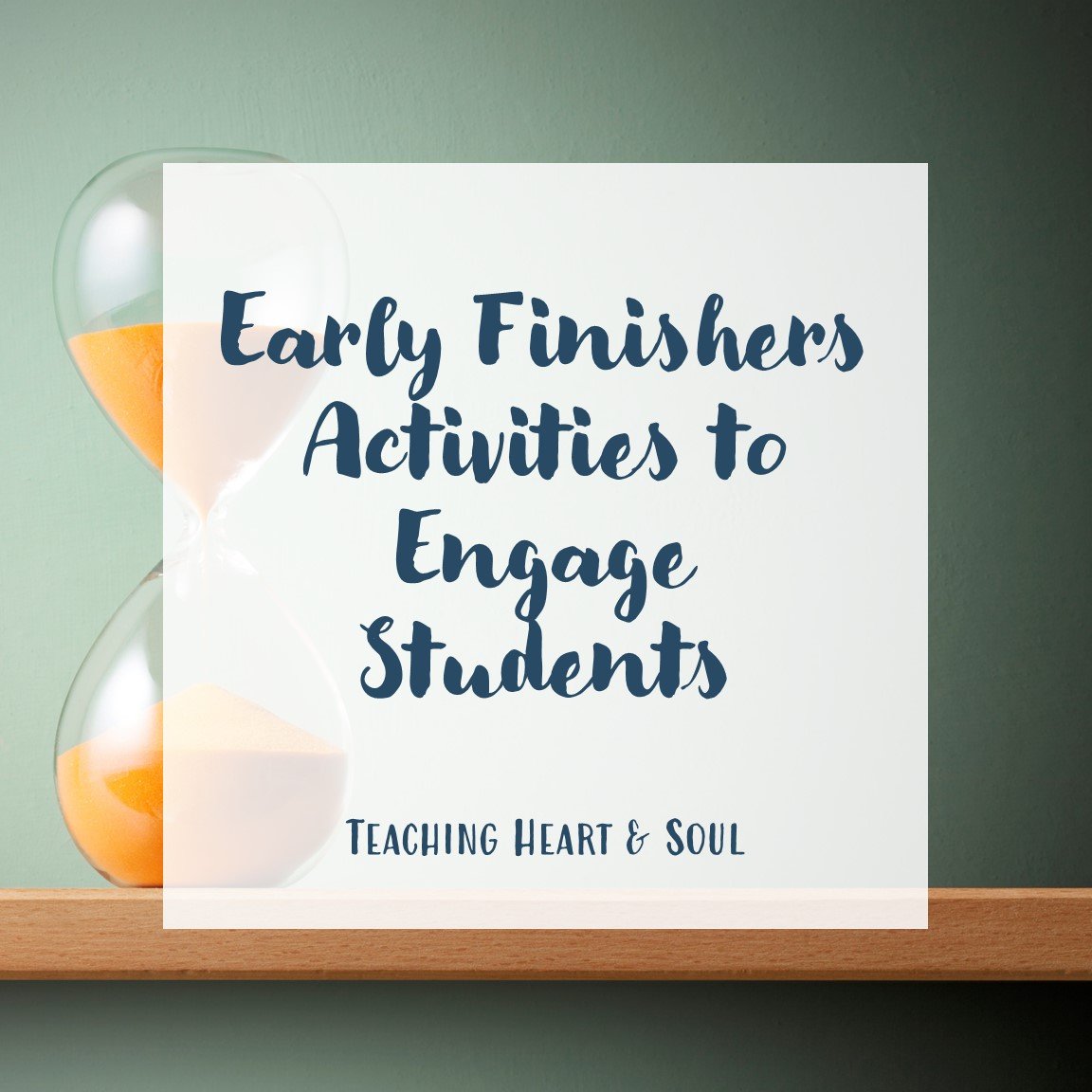
Early Finishers Activities to Engage Students
Early finisher activities are a great way to encourage students to practice writing skills, research skills, puzzle skills, critical thinking, and so much more! These activities encourage students to be productive with their free time and keep students engaged so that you’re not dealing with classroom management issues while the rest of the class is finishing up.
When students finish early, they need an early finisher activity like task cards or literacy centers to complete independently. There are so many options for independent activities.
Check out 150+ ideas!

Strategies in Classroom Management
Strategies in classroom management shouldn’t revolve around classroom rules, but a positive classroom environment that supports disruptive and struggling students as well as the entire class.
Enforcing classroom expectations with challenging students is a start, but positive behavior starts with classroom culture and teacher-student relationships. This shift can make all the difference.

Effective Reading Comprehension Question Ideas
A reading comprehension question will encourage students to learn more about the main idea in a story. It will encourage students to have class discussions about the comprehension questions, such as inference questions and questions requiring text evidence, which will help with understanding. Main idea questions that require students to write about what happened will keep the reader engaged.

Using Bloom's Taxonomy in Learning Objectives
Educational objectives according to Bloom's taxonomy describes the cognitive processes and cognitive tasks that show students lower level skills grow into higher order thinking.
The measurable verbs attached to the major categories of the taxonomy of educational objectives help teachers create learning objectives that are specific to the learning outcomes and cognitive skills of each level.

Important Benefits of Reading Aloud for Reading Comprehension
Reading aloud will produce fluent reading in students and increase their reading comprehension. Additionally, it helps students with vocabulary and literacy development.
The benefits of reading aloud are many, but seeing students excited about reading makes read alouds an easy choice.
Find engaging books with rich language and complex ideas and students won't even realize they're learning!

Story Starters and Writing Prompts for Creative Writing
Story starters, or writing prompts, are a great way to get middle school students into creative writing. Story starter sentences get the creative juices flowing by giving students the opening sentence or first sentence of a short story. Having an opening line is easier than staring at a blank page. It gets students to write a story even when they don’t feel creative!

Scaffold Writing Instruction to Help Students Become Confident Writers
It’s so important to scaffold writing during the writing process so that writing tasks are more accessible to students.
Writing success comes from these scaffolding strategies, such as using mentor sentences, mentor texts, and graphic organizers.
When teachers support students with scaffolds such as a graphic organizer or a sentence frame, they become confident writers who see writing success!

6+1 Writing Traits to Guide the Writing Process and Assess Student Writing
The 6+1 Writing Traits is a widely recognized framework developed by Ruth Culham to guide and assess the quality of writing using seven traits of writing. This comprehensive approach to teaching writing provides a writing model to improve writing skills and assess student writing.
Quality writing doesn't have to be difficult to achieve. Using the six traits writing model helps students produce good writing because they learn the new skills included in the six traits of writing, which help their readers understand their message.
Students' written work will soar as students learn to use their own voice to organize their writing around ideas, good word choice, mechanical correctness, and other traits of writing.
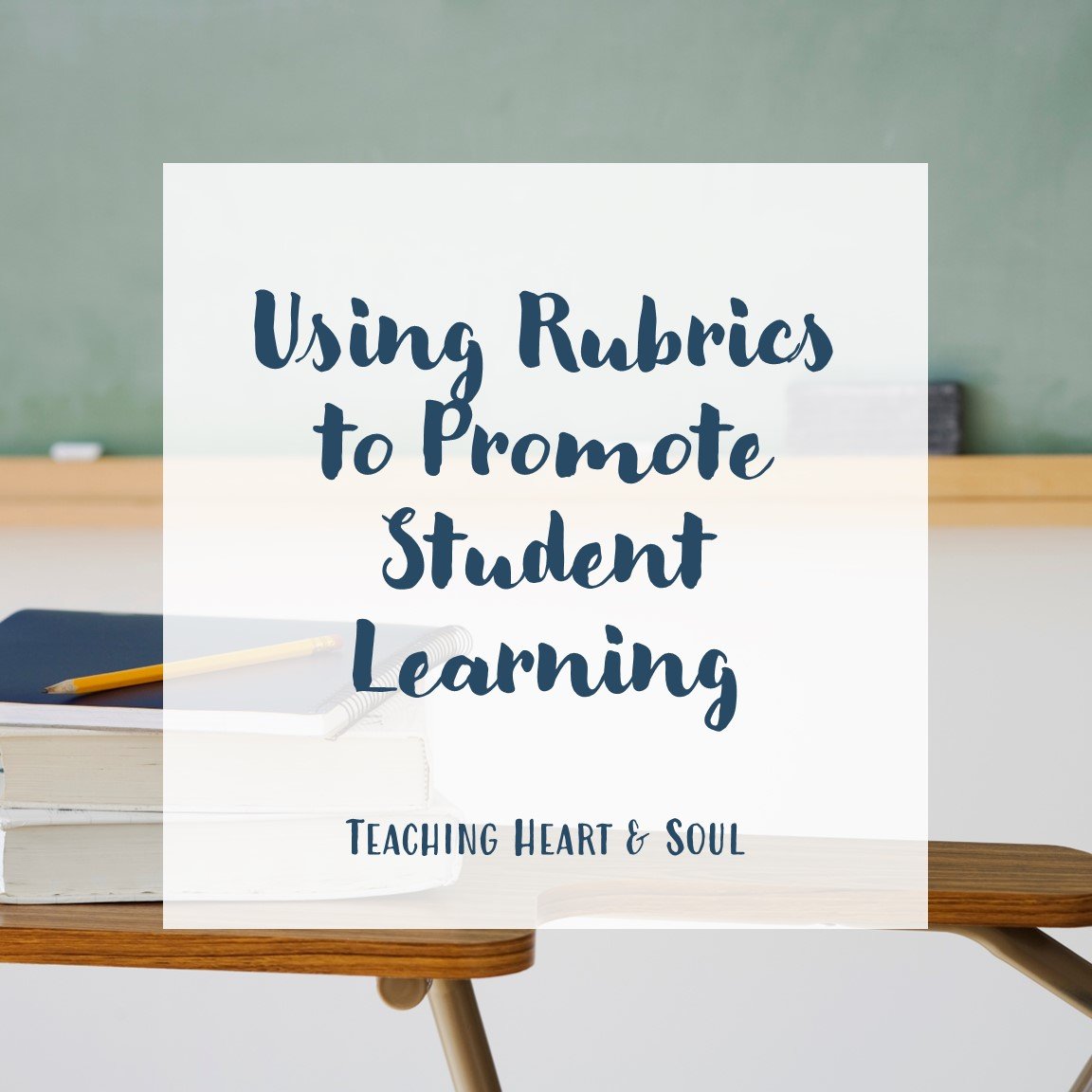
Using Grading Rubrics to Promote Student Learning
Rubrics are essential assessment tools that define grading criteria and provide clarity on expectations for students. They encourage student ownership of learning, promote objective and consistent grading, and save time for instructors. Rubrics offer clear and transparent grading processes, motivate students, and provide detailed feedback for improvement. Analytical rubrics break down assignments into components for comprehensive evaluation, while holistic rubrics provide an overall assessment.
Rubrics are beneficial for essay writing, project-based learning, and assessing tasks in social studies and science education. When using rubrics, it's important to align them with learning objectives, provide informative feedback, and include specific criteria. Individualized feedback on rubrics promotes student learning and improvement. Effective use of rubrics involves selecting appropriate ones, providing timely feedback, and evaluating their effectiveness. Rubrics empower students and support their success by clarifying expectations and promoting continuous growth.

Exit Ticket Ideas to Help Students Reflect on Learning
These exit ticket ideas to help students reflect on learning are a great formative assessment to help with the learning process and ensure that students understand the learning material.
Teachers can use these exit slips as an informal assessment when they have students respond to the prompt. Student responses inform teaching and encourage students to take responsibility for learning.
Free exit tickets are included.
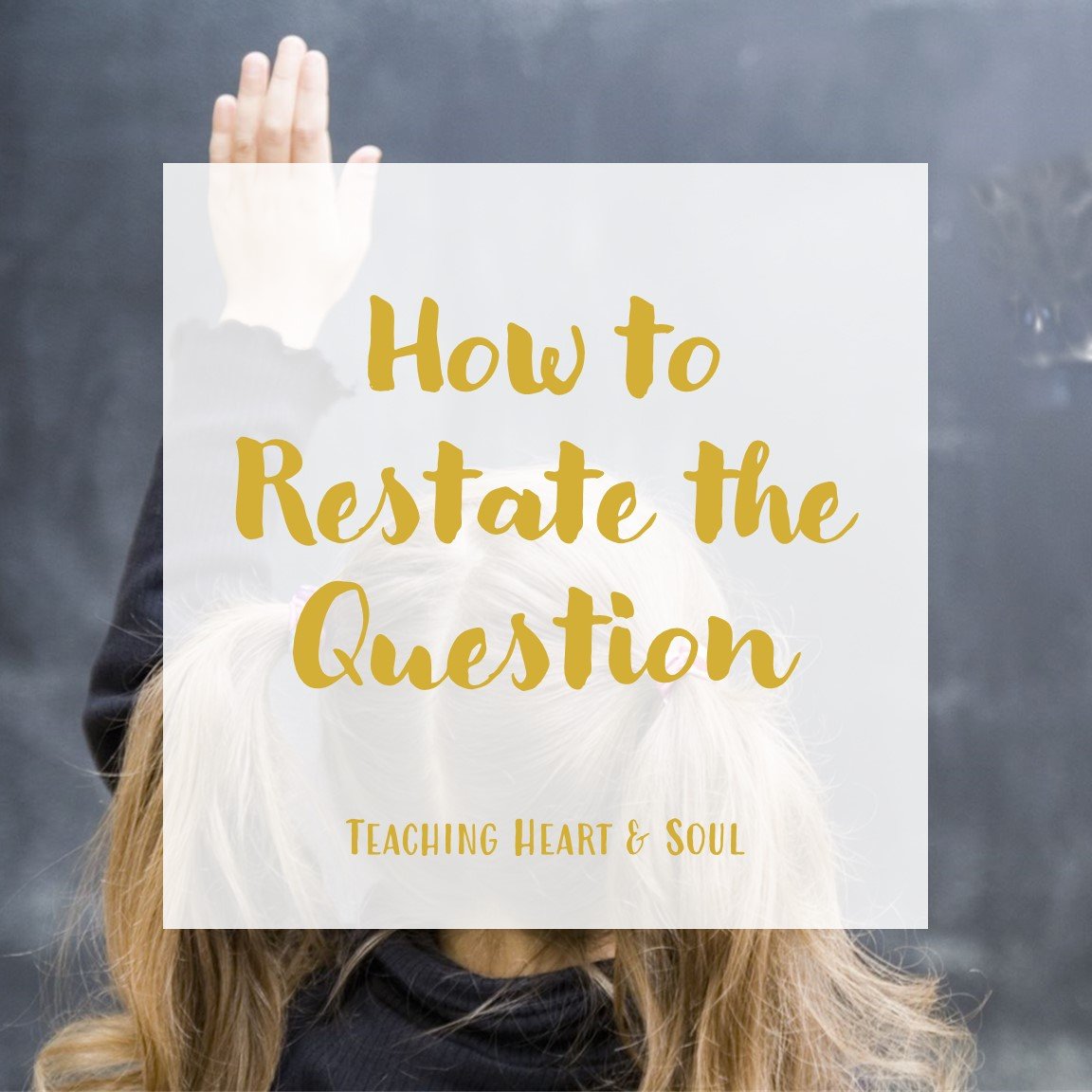
How to Practice Restating the Question
Restating the question is an important skill that students should learn. It involves rephrasing the question in one's own words to fully understand what is being asked and answer it using complete sentences. This is particularly important for constructed response tasks as it acts as test prep for state testing.
In this blog post, we will discuss effective strategies for explicitly teaching students how to practice restating the question. We will cover some steps, such as removing question words, reordering remaining words to form complete sentences, and avoiding pronouns, among others. We will also suggest using a sentence stem and color-coding words from the question to make it easier for students to understand and answer.
Teaching students how to restate the question explicitly can make it easier for them to understand and answer the questions, thus improving their writing skills.
